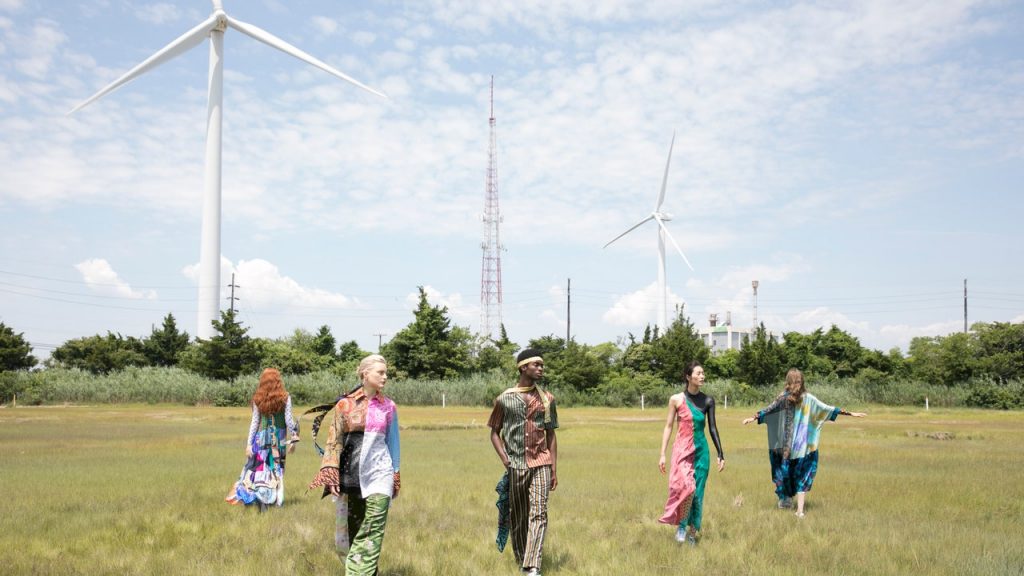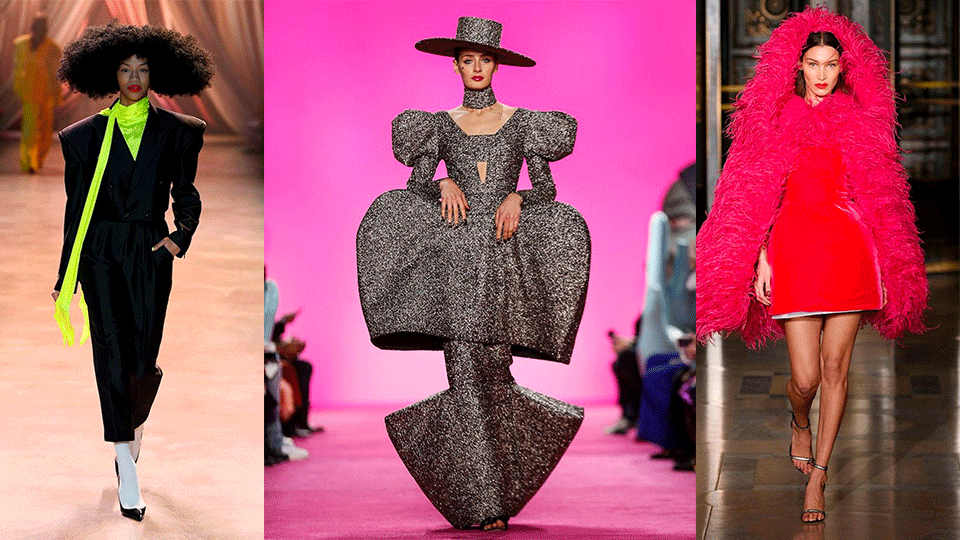- À New Wave to Fashion, À New Way of Living. Download Now on iOS Android Canada SS22
- hello@alahausse.ca
Automation & Fashion on Demand: Producing as Ordered

Designer Spotlight: Harikrishnans Inflatable Pants are Catching Everyone by Surprise
August 17, 2021
Twitter’s New Shopping Feature Has Users Shopping More Than Ever
August 22, 2021
Written by Hana El-Sharabasy
With the rise of fast fashion, retailers have started upping production numbers higher than ever before. Overstock can lead businesses to markdown prices or even throw away clothes after they dont sell. As this has become the industry norm with mass garment production in the mid 90’s, it’s hard to deviate from the norm and create clothes made to order.
The Benefits
Better for Environment
Almost always, mass produced clothing is made of cheap materials and low quality craftsmanship overall. The low craftsmanship can mean that the garment was not made to last or even that it has a poor fit due to its quick production time. Although this is not universally true, made-to-order items often stray away from the typical ‘trends’, but rather, are made to be timeless classics. Paired with their quality craftsmanship and material, they have a much longer shelf life than the average garment from the mall.
Better relationship with Wearer
As made to order clothes often have the option to customize sizing, and take longer to produce/fulfill they tend to be more costly than anything we usually purchase. Today’s consumers are accustomed to today’s pricing making almost all made-to-order garments a bigger investment. With the higher price tag, customers become intentional and strategic with their purchase, asking important questions like “Do I really need this?” “Will I wear it enough?” “Will it go out of style?”. These made to order garments also come with higher quality production and materials that will make them last longer. Considering all these factors, it’s safe to say that a made to order garment will remain in someone’s closet much longer than its cheap counterpart from the mall.


It's the More Profitable Production Method
When large retailers produce on a large scale they can never be sure how much stock they really need. It’s pretty hard to estimate, would they rather sell out after producing too little, or put the item on extreme clearance after producing too much? Made to order ensures they only make as much as possible, and they never have to put their items on sale. Michael Ball, the founder of Ultracor has sided with a made to order production method because it means they “…don’t have any inventory sitting on a shelf, because that’s dollars sitting there that [we] might have to throw away”.
Moving Towards a Slow Industry
The environmental benefits are overwhelming and completely outweigh the cons in the grand scheme of things. Made to order production is a crucial method in moving towards a slower industry. Fashion investments on high quality items = buying less, which in turn means less throwing away.
The Limitations
Trouble Finding a Manufacturer?
As mass production has become the industry norm, overseas and domestic manufacturers are acclimated to producing in large quantities. Because large orders tend to be more profitable to them, they tend to decline smaller orders. This can make it difficult for existing brands to make the switch as they don’t fulfill the minimum order quantity.
It's better for the environment, But is it Better for The Brand?
For big brand names with a known reputation, reducing order quantities can only help them up their perceived exclusivity. But for brands that are just starting out this may be a deal breaker to potential customers. It may be discouraging to potential customers to see the words ‘sold out’, or 6 week output times.

Made to Order=Slow Industry
For all the sustainability supporters, made to order, and small batch production is a crucial part in moving towards a slow industry, or rather moving back to a slow industry. Prior to the industrial revolution, all garments were sourced and sewn by hand. With the invention of the sewing machine, clothes became increasingly accessible, and even less expensive because they were suddenly so much quicker to make. The first garment sweatshops appeared in the late 1700’s but became a mainstream mode of production of the west in the 80’s. Cutting costs on working conditions and employee wages decreased the overhead costs of making clothes, further decreasing the retail price that we pay in store. In the last 40 years the industry has introduced faster moving trends that are all made possible by our new, inexpensive production methods.
Today’s consumers are accustomed to the industry we have around today. Fast moving trends and inexpensive clothes are all they know, so to propose a move back to the good old days of the slow industry seems preposterous. To many, the idea of buying less will take the fun and creativity out of fashion for them. On top of this, a slower industry will mean higher prices that many can’t justify. But it’s not completely impossible to revert back. The younger generation buys more clothes than any generation before them, but they also are more progressive than any of their parents. Social media allows the fast spread of viral info, and that includes the industry’s new sustainability regime. But luckily, rapid uptake of a sustainable mindset among young consumers makes retailers hopeful that customers will be more forgiving than they had hoped.
Via ÀLA.HAUSSE‘s Multi-functional and Multi-purposeful Fashion Ecosystem- BUY/SELL/RENT/LEND/ (swap BETA 2021) mobile application, INDIVIDUALS & brands (BETA 2021) are encouraged to REBUY, RESELL, REUSE and UP-CYCLE their personal “Closets” aka Clothing Assets, along with overstock inventory and samples. Through this consumerism habit shift we indirectly slow down the urgency on fashion’s carbon footprint, aiding sustainability as a whole.
BETA Early Access Application Now Opens SS21 iOS Android
with Stories on www.alahausse.ca
#ALAHAUSSE #WEARYOURPURPOSE #HAUSSEPEOPLE



